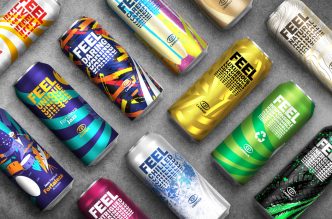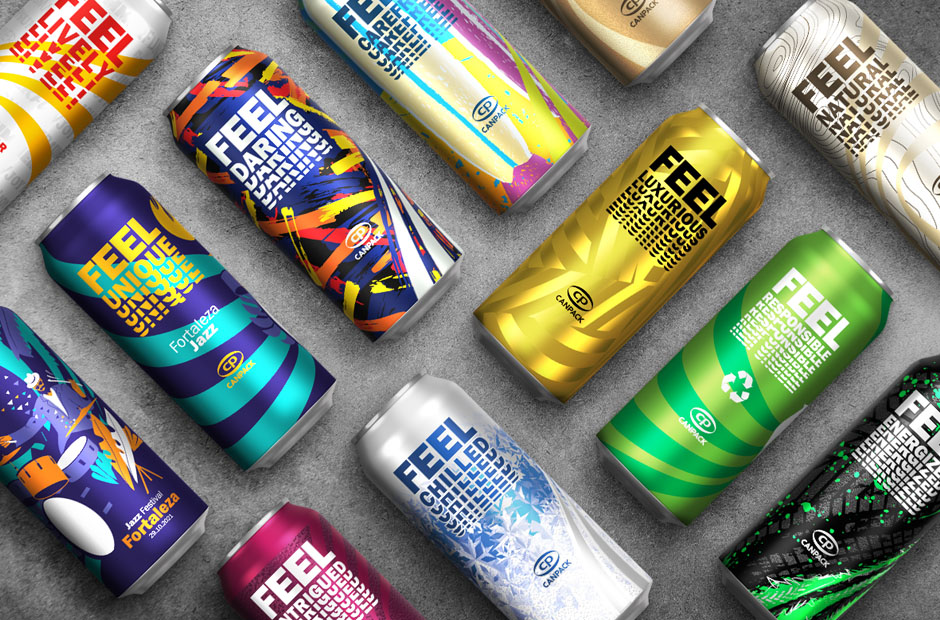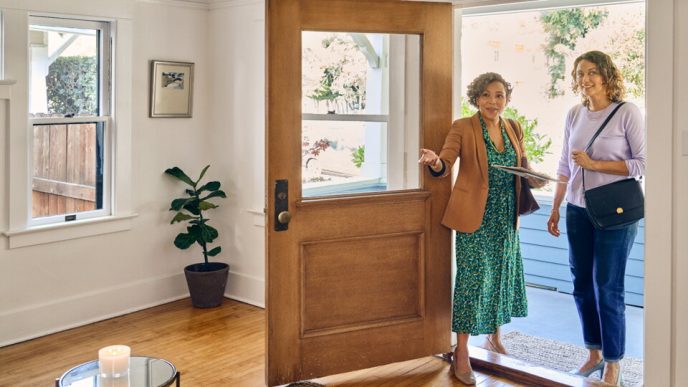When people think about a brand, they often picture a logo, a slogan, or a social post. Whereas the first real, hands-on meeting with your brand usually happens through the package. The box, bag, label, and even the tape are tiny touchpoints that speak for you before a salesperson ever does.
That is why packaging quality is not just a “nice to have”. It is a direct line to trust, loyalty, and word-of-mouth. In simple terms, better packaging builds a better brand.
The First Impression That Lasts
Shoppers decide fast. If the outer box looks flimsy, dented, or poorly printed, doubt creeps in about what is inside. When the finish is clean, colors are sharp, and the structure feels sturdy, people expect the product to be reliable too. This early moment strongly affects consumer behavior because quality signals set expectations for everything that follows:
- Price
- Performance
- Service
In crowded aisles and busy feeds, packaging attracts customers by catching the eye and promising care.
How Quality Signals Shape Trust?
Packaging is more than decoration. It is a quiet promise. Neat folds, crisp typography, aligned labels, and consistent color communicate control and care. These cues lower risk in the shopper’s mind. When the box opens smoothly, the insert holds the product safely, and the print resists smudging, the experience influences consumer behavior toward repeat purchases.
Premium formats, such as custom magnetic closure boxes, add a satisfying “click” that feels secure and memorable. These small sensory details tell buyers that their purchase matters.
From Branding to Belief
Design and production speak the same language when done well. Many teams talk about “brand consistency,” but the real test is how the package holds up in the real world. In a strong system, branding, packaging support quality are not just a design rule. It is an operational standard. What you promise on a website or ad must match the feeling in a customer’s hands. If the print finish, dielines, and materials echo your voice across every SKU and size, people begin to believe you not because you said it, but because they felt it.
The Unboxing Moment Builds Social Proof
People love to share good unboxing moments and complain about bad ones. Smooth opening, tidy inner wraps, and easy-to-recycle inserts reduce friction and elevate the reveal. A better experience leads to better reviews, higher ratings, and more organic posts. This is where the answer to “how important is brand reputation?” becomes clear: reputation spreads through customers, not just campaigns.
When your packaging feels reliable and looks great under a phone camera, you earn free reach and trust.
Protection Equals Professionalism
Nothing harms a brand faster than damaged goods. A beautiful design is wasted if the structure fails. Strong boards, proper groove selection, tested inserts, and moisture-resistant coatings maintain product integrity during shipping and shelf life. Lower returns mean happier customers and lower costs.
Protection is also part of perception: if your package arrives clean and undamaged, customers feel respected and cared for. This respect goes back to the story the brand is trying to tell.
Sustainability as a Quality Criterion
Today, quality also includes responsibility. A bunch of shoppers consider material choices such as recycled material, compostable options and minimal plastic when choosing between brands. Clear recycling symbols, right-sized bins, and honest claims make a difference. If you design for less waste and communicate it plainly, you send a modern quality signal: you care about the product and the planet. This alignment often affects consumer behavior by shifting shoppers toward brands they feel good about supporting.
Consistency Across Every Channel
Your packaging should look and feel the same whether a customer finds you in a boutique, on a marketplace, or through your own site. Color drift, mismatched finishes, and changing box sizes confuse the eye and chip away at trust. Set print standards, color profiles, and QC checkpoints with your supplier. Keep a physical “golden sample” and a digital spec sheet for every SKU.
Consistency makes people confident, and confidence keeps carts from being abandoned.
Practical Ways to Raise Packaging Quality Fast
- Start with the materials.
- Choose sturdy board grades and test them with real shipping routes.
- Review closures and adhesives to prevent pop-opens and crushed corners.
- Simplify dielines to reduce weak points.
- Run small test batches before big launches to catch problems early.
- Master the process of creation: Use vector logos, high-resolution images, and carefully check the exact medium you will be using.
- Finally, gauge what customers are saying and track packaging complaints, star ratings, and photo reviews.
- Solve the two most important problems first, and you will feel better quickly.
How Does Quality Become Loyalty?
Great packaging turns a first-time customer into a second-time customer by making everything feel smoother and safer. It is the little frictions that lose people: the tab that tears the cover that jams the jammed accessory that sheds threads, or the ink that wears off. Remove these frictions and you will increase revenue, referrals, and lifetime value.
Over time, these steady gains accumulate and build a reputation that easy money can not buy: customers trust you because you consistently deliver.
Last Takeaway
The quality of the packaging is the quality of the brand in physical form. It shapes the first impression, sets expectations, protects the products, and calls for commitment. When done right, it quietly influences consumer behavior toward repeat purchases and advocacy. Invest in materials, structure finishes and process controls, and be honest about sustainability decisions.
As more and more customers judge brands with their hands rather than their eyes, the surest way to grow is simple: create a package that delivers on all the marketing promises. This is how quality packaging strengthens the story, protects the product, and above all, your reputation.














